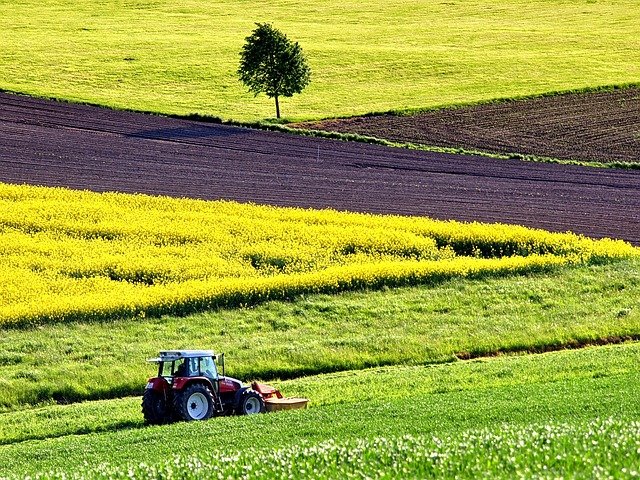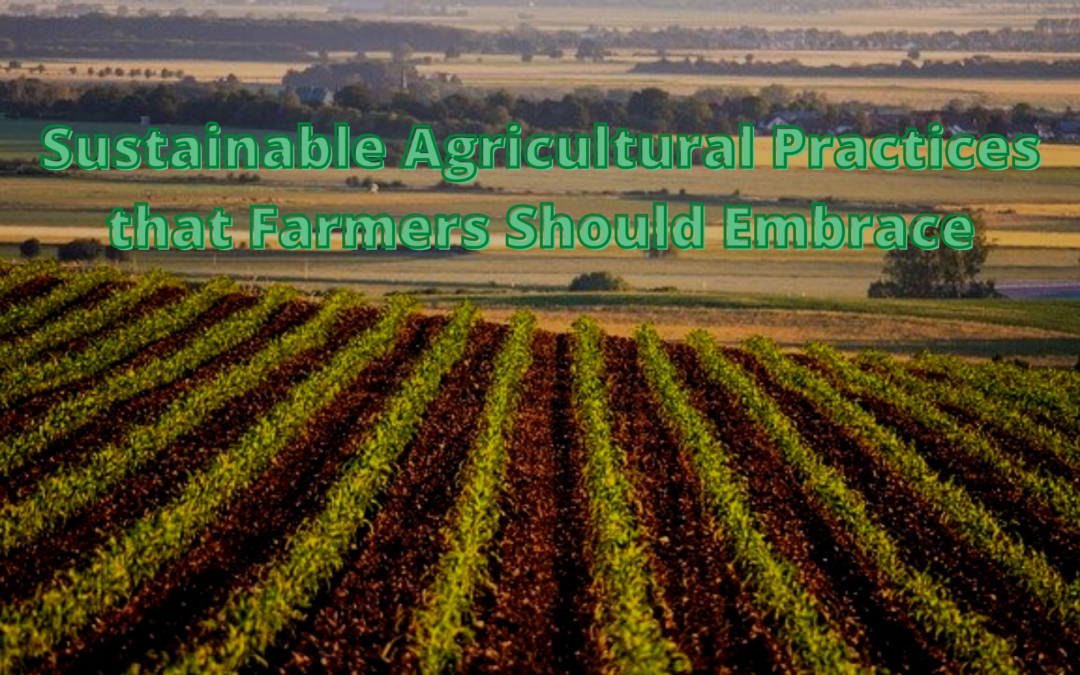As much as the idea of sustainability may sound idealistic, it’s quite different when it comes to farming. The ability to engage in effective farming is highly influenced by the ecological health of the landscape in use. If the type of farming is that which damages and depletes the farmland then it’s clear that farming might not continue on the same land after some time, or the farmer might be forced to spend more on fertilizers and pesticides as they continue with farming on the land.
It’s the responsibility of the farmer to identify some of the farming methods that can help with minimizing damage to the farmland. Farmers should consider practices that regenerate and replenish the farmland. Here are some of the sustainable agricultural practices that farmers should consider;
Landscape Approach
When engaging in farming, it’s important to note that farms are not isolated from each other or from the surrounding natural systems. Areas around the farm such as shrubs, trees, and grass can be quite resourceful to the farmers. They foster biodiversity by providing a habitat for pollinators. It’s also beneficial to wildlife such as birds, bees, and bats. The uncultivated areas can help with improving farm productivity and also costs reduction.
Practices such as partnering with neighboring farmers, innovative collaborations, integrating cropping systems, swapping feed crops with animal manure, and sharing of equipment can lead to environmental improvement and in turn, result in increased farm profitability.
Crop Rotation and Diversity
Agriculture in different parts of the world is normally dominated by key crops that are grown continuously. The ideal change that can be done is to shift towards embracing crop diversity and rotation. Growing a diverse group of crops makes it possible for farmers to reap the environmental and energy advantages of the complex and longer rotations. Recent research studies have demonstrated that multi-crop rotations tend to produce high yields for each of the crops within the rotations.
Multi-crop rotation also enhances pest control, reduces reliance on chemical pesticides, and also improves soil fertility. There is likely to be less use of synthetic fertilizers when you embrace diversity and crop rotation.
Cover Crops

In many places, fields are left lying barely when crops aren’t grown on them for most parts of the year. It, therefore, exposes the soil to wind, rain, and snow which erodes the bare soil. In the process, the fertilizers leach to the groundwater and in-turn get swept to the streams and rivers. Cover crops can be grown to help protect the soil during the offseason. If adopted effectively, it could help with solving a number of environmental challenges that are associated with bare soil.
Integrating Livestock and Crops
Plant and animal agriculture can be integrated into diverse ways. Some of the livestock can be raised on pastures as that helps with the reduction of soil erosion, stores carbon, and increases soil fertility. It also helps with providing habitats for beneficial organisms. Crop and animal reintegration can be accomplished on individual farms or on a regional basis. The benefits are quite diverse and range from increased soil fertility to reduced nutrient pollution.
Are you struggling with keeping up with the high costs of farm inputs and fertilizers? You should consider engaging in sustainable agricultural practices for increased profitability and an improved farm ecosystem. Join a community of farmers that are reaping great benefits through engagement in sustainable agriculture. Visit https://www.eatcommunity.com/ for more information on sustainable farming.
P.S: Hope you enjoyed this article. Please type your thoughts in the comment section below. For more learning opportunities, join our live webinar sessions at EAT Community where you can make a little money making the planet better.


Recent Comments